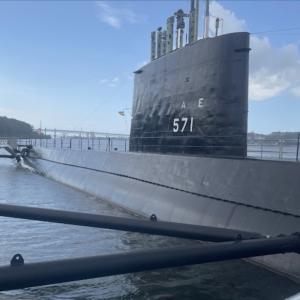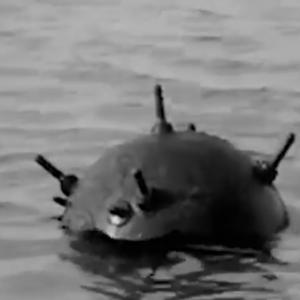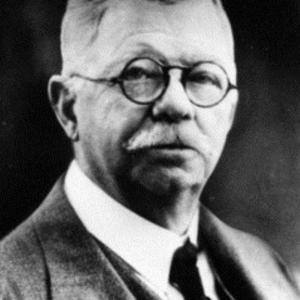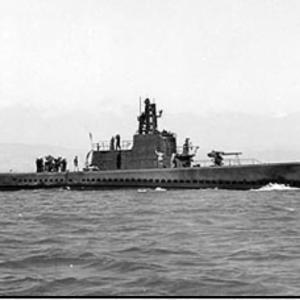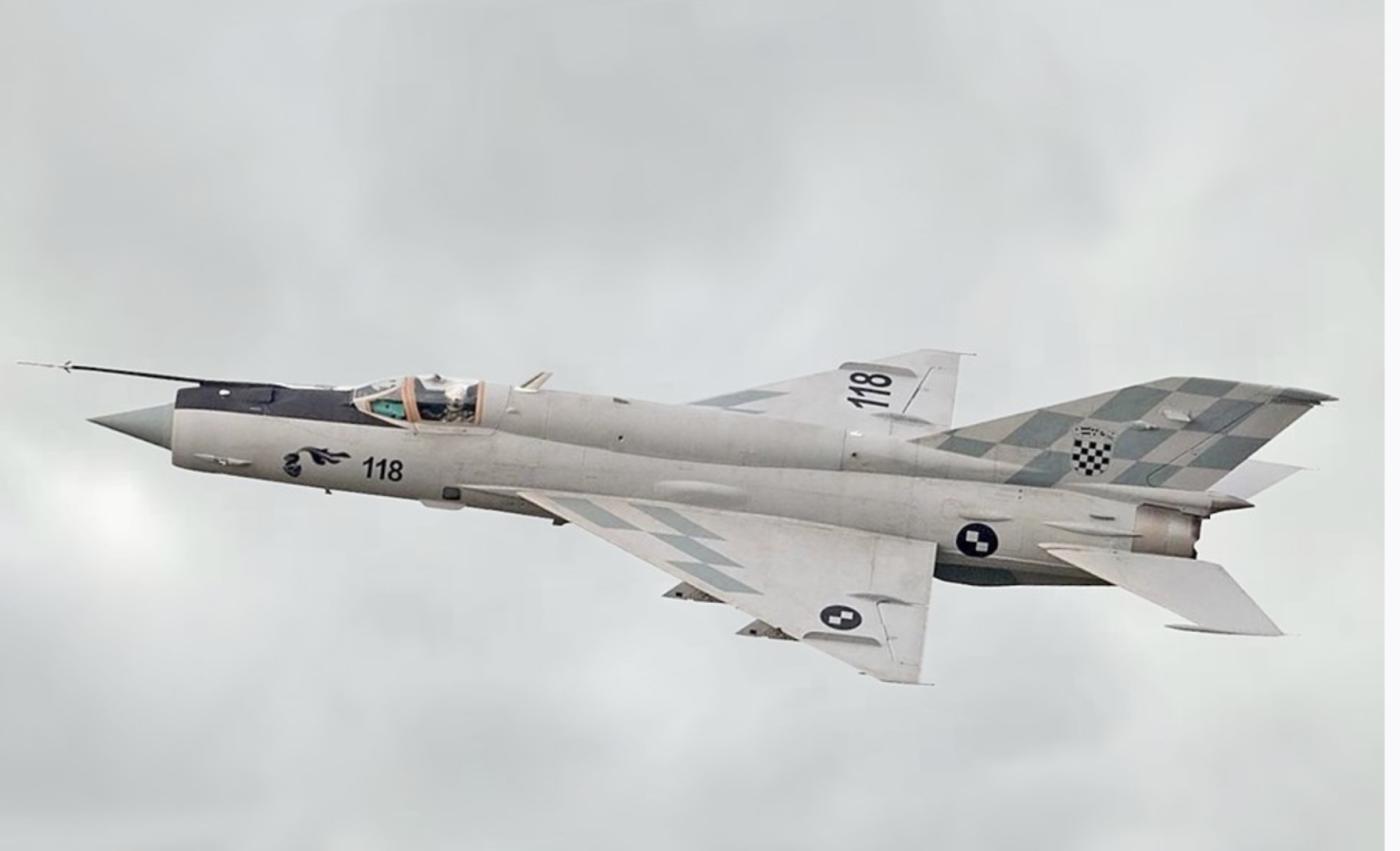
MIG-21
The Mikoyan-Gurevich MiG-21 is a supersonic jet fighter developed by the Soviet Union during the Cold War. Designed by the Mikoyan design bureau, it first flew in 1955 and entered service in 1959. The project emerged from the Soviet Union’s need for a lightweight, fast interceptor capable of operating at high altitudes and speeds. It was part of a broader effort to modernize the Soviet Air Force and keep pace with Western aircraft developments, especially those of the United States and NATO allies. Artyom Mikoyan and Mikhail Gurevich led the design team, and their approach focused on combining simplicity, speed, and agility into a relatively small airframe. The result was an aircraft with a delta wing configuration, thin fuselage, and a single-engine layout optimized for speed and climb rate.
Production was extensive, and the aircraft became the most-produced supersonic jet in aviation history with over 11,000 units built. The Soviet Union manufactured the majority, but production licenses were issued to other countries, including India, China, and Czechoslovakia. China developed its own versions, such as the J-7, based on the Soviet design but modified for local requirements. India built the aircraft under license through Hindustan Aeronautics Limited, eventually manufacturing hundreds of them over several decades. Czechoslovakia also contributed to production with the MiG-21F-13 variant.
Throughout its service life, it was exported to over 60 countries, becoming a symbol of Soviet military influence worldwide. It was widely used in Asia, the Middle East, Africa, and Eastern Europe. Among its primary users were India, Egypt, Syria, Vietnam, North Korea, Cuba, and Poland. Several countries used it in numerous regional conflicts and wars, including the Vietnam War, Indo-Pakistani wars, Yom Kippur War, and various African conflicts. In many of these cases, it was often pitted against Western aircraft such as the F-4 Phantom and Mirage III.
Its performance was notable for its time, achieving speeds up to Mach 2.0 (approximately 2,175 km/h or 1,350 mph) at high altitude. It had a service ceiling of 58,000 feet and a range of about 1,100 kilometers on internal fuel, extended by external tanks. The design emphasized climb rate and acceleration over maneuverability at lower speeds. Though its delta wing limited turning performance compared to later fighters, it was highly effective in quick hit-and-run attacks and high-speed interceptions. The aircraft was simple to maintain, had a small radar cross-section, and was rugged enough for use on forward airfields.
Armament typically included a 23mm or 30mm internal cannon and a range of air-to-air missiles, usually early Soviet designs such as the AA-2 Atoll (K-13). Later upgrades allowed for more modern weapons including infrared and radar-guided missiles. In addition to its role as an interceptor, some variants were adapted for ground-attack missions with unguided bombs, rockets, and air-to-ground missiles. Over the years, avionics were updated in export models and domestic variants to include radar improvements, electronic countermeasures, and better navigation systems.
Even as more advanced fighters became available, many countries retained the aircraft due to its affordability, robustness, and ease of use. India continued to operate upgraded versions into the 2020s, with its final retirement announced in 2024. In several developing nations, it remains in limited service, either in active duty or as a training platform. China’s J-7 variants continue to serve in some air forces as well. Its legacy is a mixture of success and limitations, excelling in specific roles while falling short in dogfighting against more modern Western fighters. Nonetheless, it shaped the doctrines and capabilities of numerous air forces and served as the backbone of many for over half a century.

